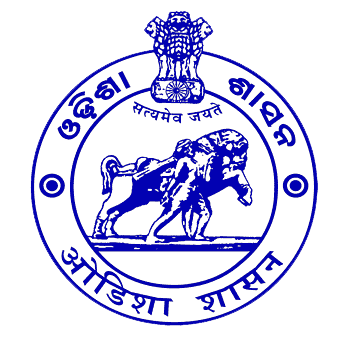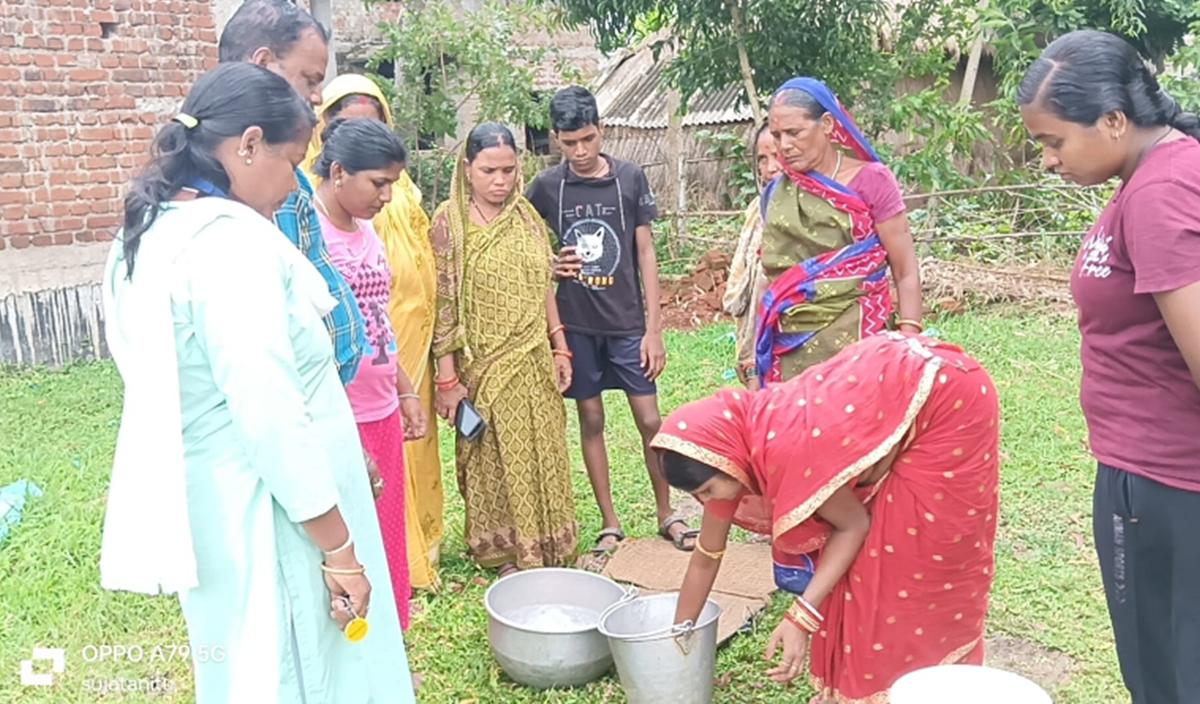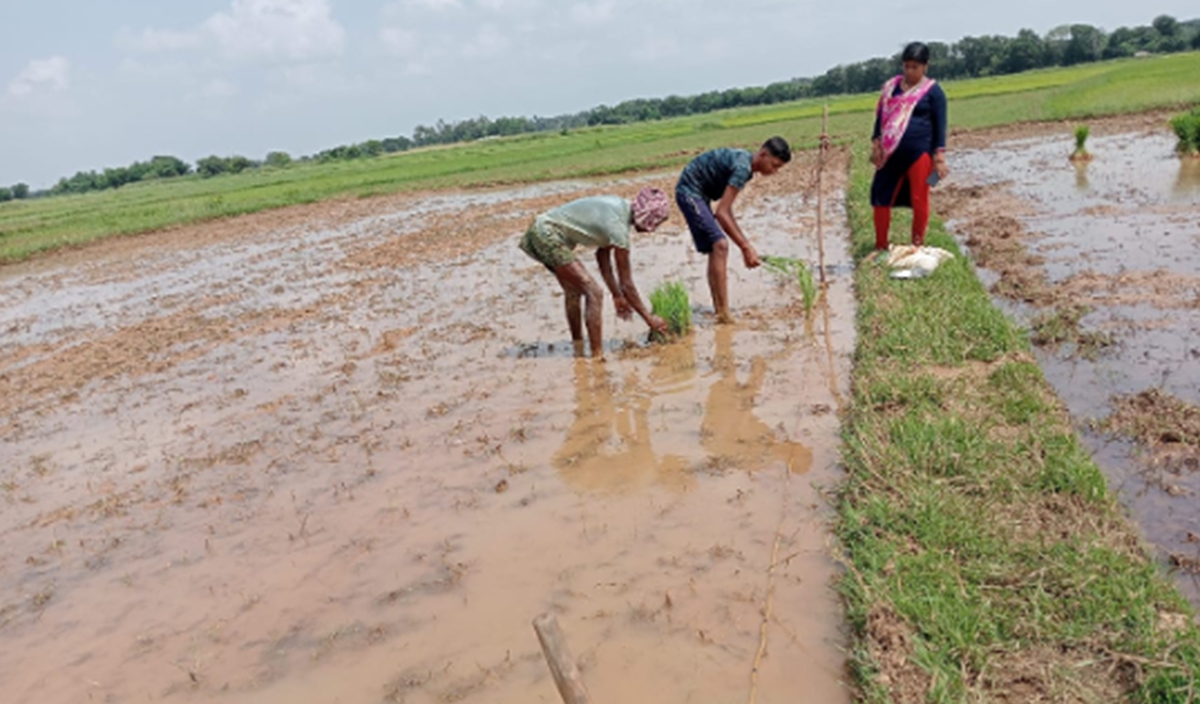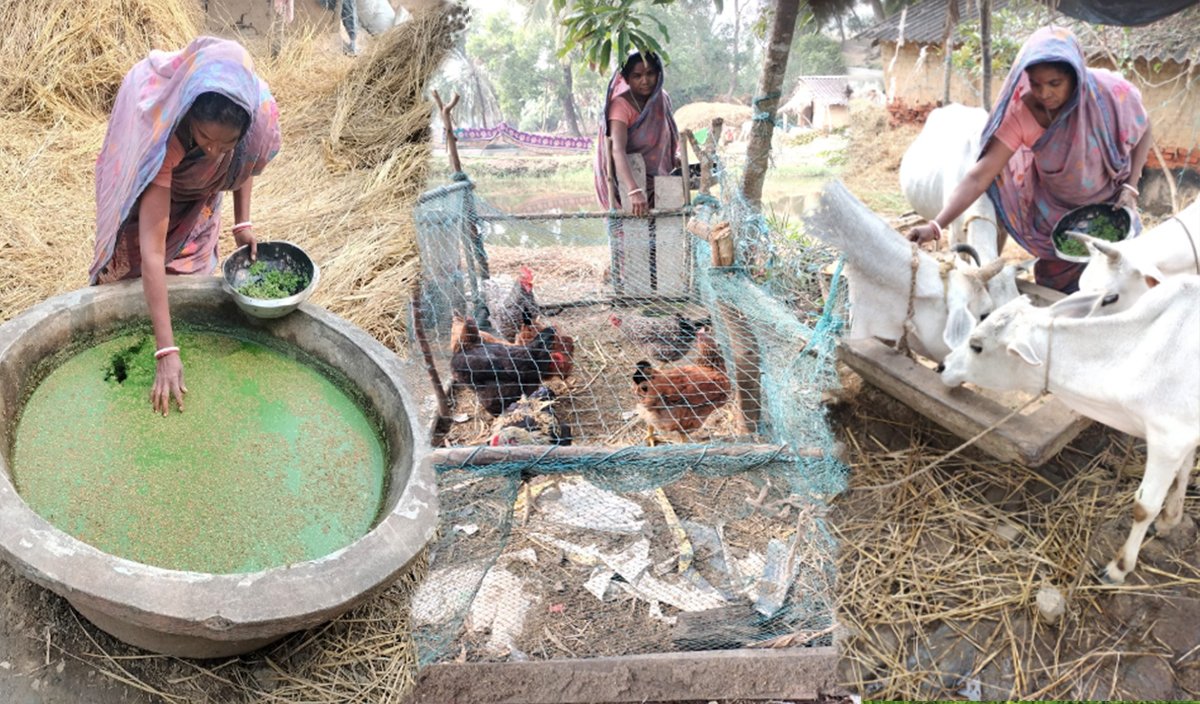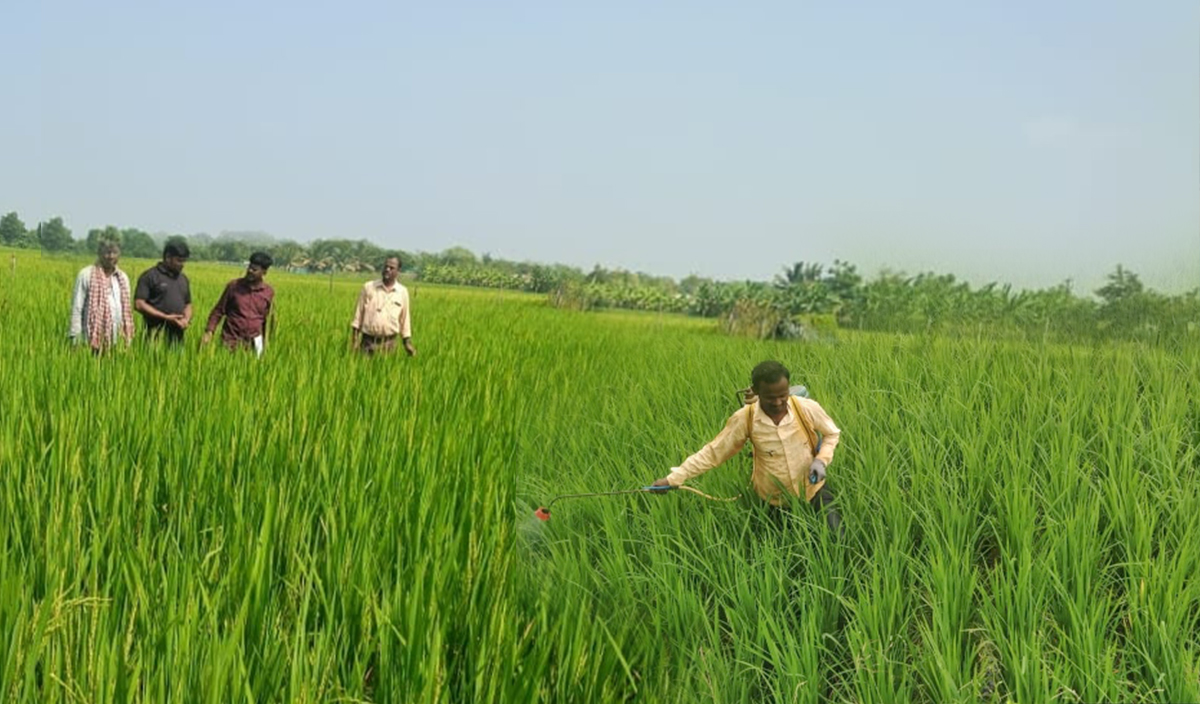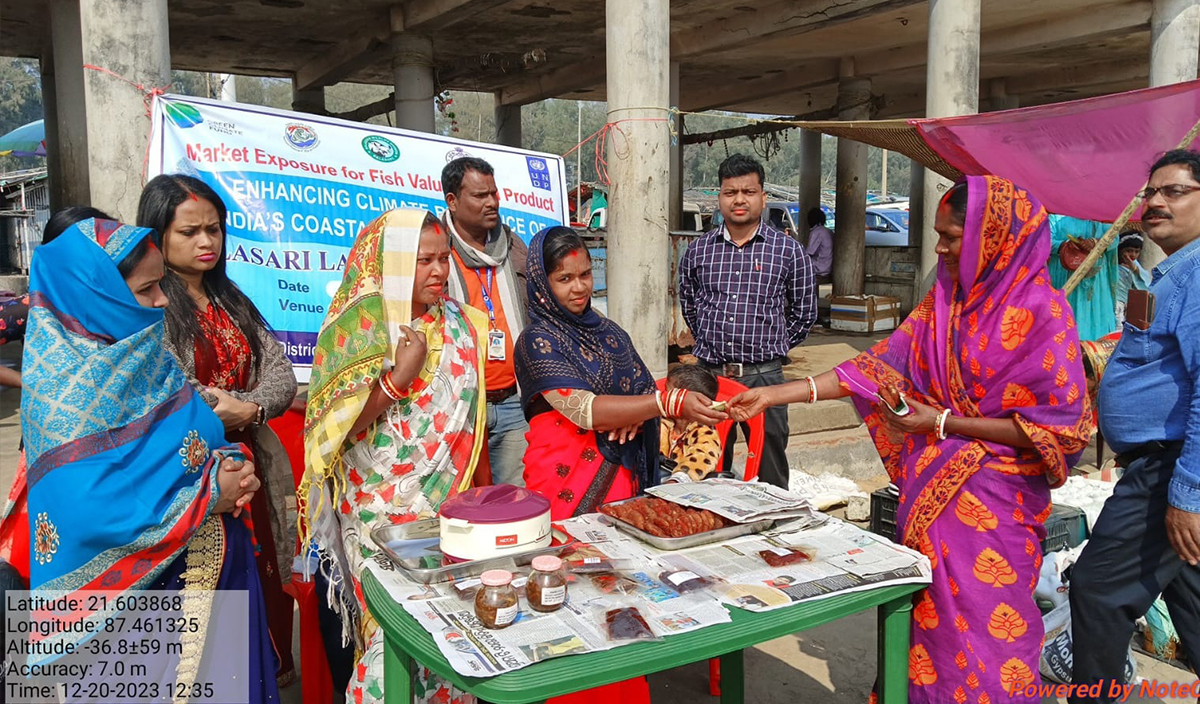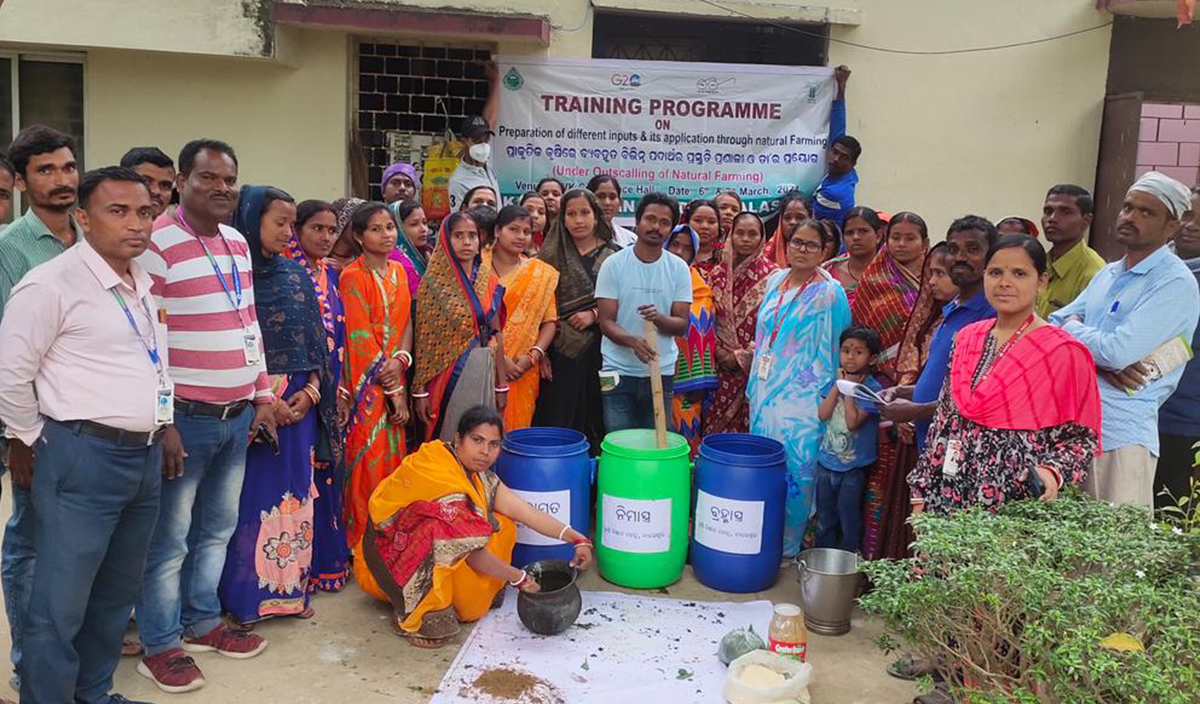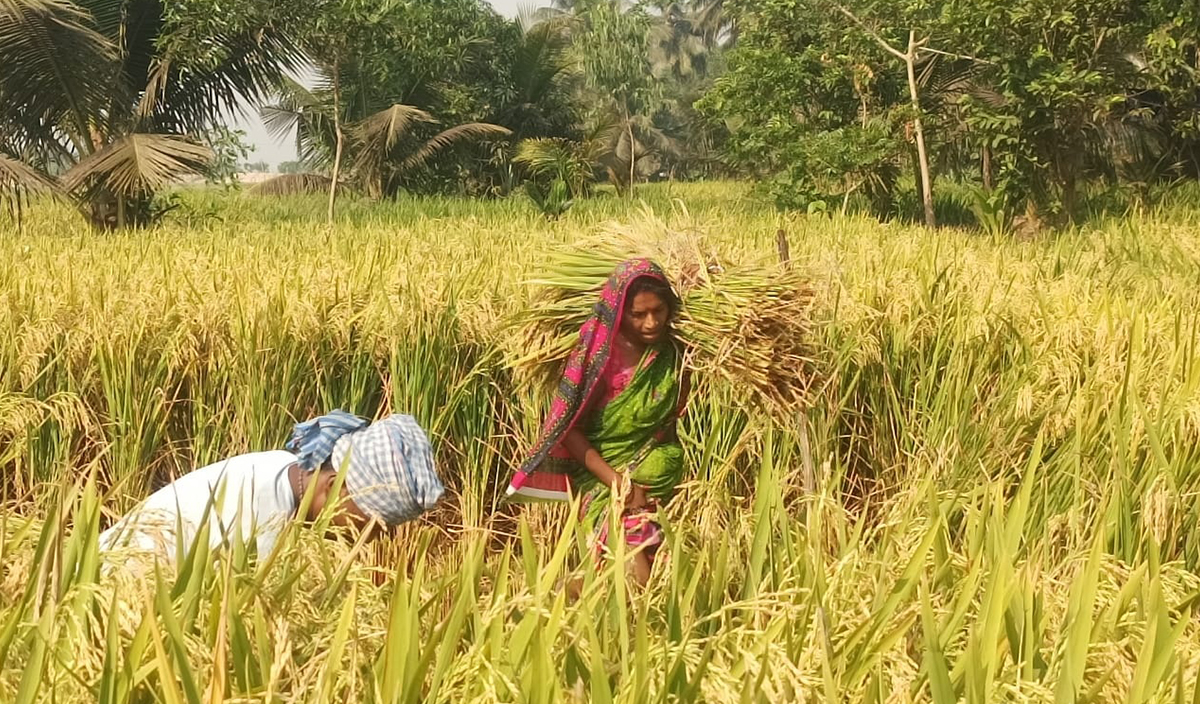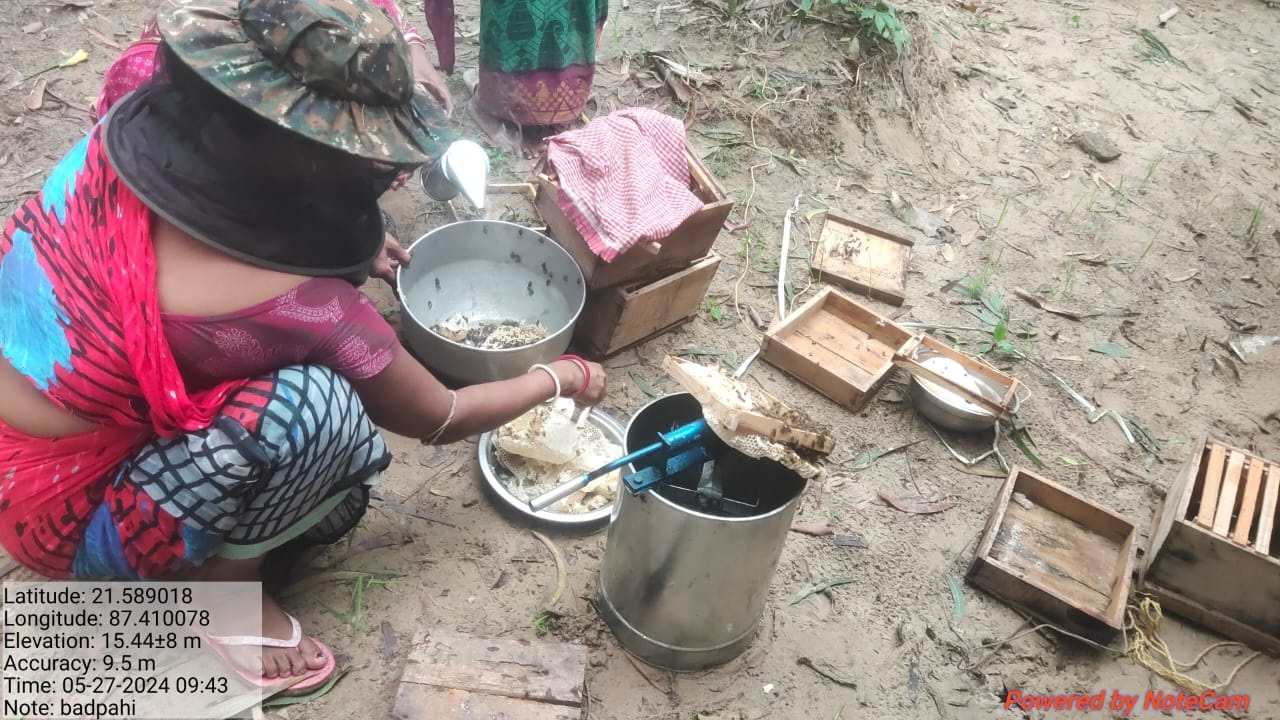Rethinking Sustainability: How Basanta Kumar Mangal Integrated Crab Farming with His Goals
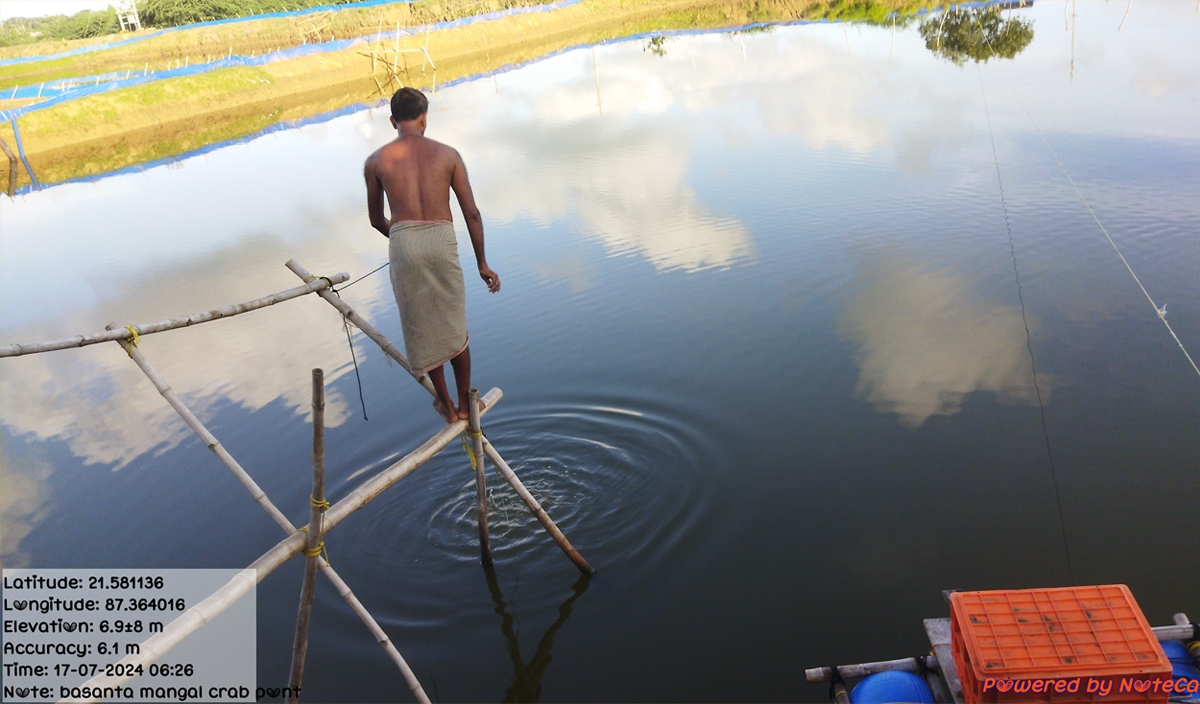
Over at the coastal village of Kirtania within Balasore district of Odisha, the local people appeared to be on the brink of disaster. The process of shrimp farming was so rampant that it started to contaminate the coastal waters and disrupting the delicate balance, which made conventional fishing practices highly unsustainable. Outbreaks of diseases became common, leading to a reduction of fish production, which in turn threatened the local populace's source of income and employment. In the face of all these problems, Basanta Kumar Mangal, an innovative farmer, began farming mud crab under the ECRICC project, which marked a turning point of innovation and sustainability.
The Initiation of Changes
The civic's health steadily deteriorated over time which took negative tolls on aquatic ecosystems, like shrimp farming, to fail. Basanta directly influenced this problem through his lifestyle, which is why he knew a change had to occur. Shifting his focus towards crab farming intrigued him, though he was unsure if it would be effective. Luckily, alongside experts from the ECRICC project, Basanta was able to make the switch that ultimately paid off in regards to his family's income. As he did so, he built his first aquaculture farm with the hopes of shifting a majority of the focus towards restoring the environment and boosting his family's income.
Modifying Aquaculture by Incorporating Crab Farming
Shifting towards mud crab farming was the first decision Basanta made. As his journey progressed, the first step he has to take was taming the pond. His first preparatory action was to dry, lime, and bleach the pond to eliminate harmful pathogens. Following that, he bio-juiced the water to enhance the bio level and plankton quality. He also added Silpaulin fencing in order to prevent crab from getting out.
He acquired expert supervision to stock the pond with 1,500 crablets. He was also feeding them in a timely manner: 40% of their daily feed was provided in the morning and the other 60% came in the evening using trash fish that had been sterilized. Probiotics were also applied to the pond water to maintain optimal quality in conjugation with regular water exchange.
With each month, he tracked the growth of the crabs to make sure that they remained healthy and disease free. As a result of his careful management, the pond became one of the best examples of responsible aquaculture.
The Effects
Basanta's efforts showed results. The revenue obtained from his crab farming far exceeded that from his shrimp farming and with the extra money, he was able to pay for his children’s education. Furthermore, his unique farming technique was cheaper to maintain and more profitable, which led to him planning other business ventures. This was an even bigger shock when he realized that mud crab farming was cheaper to maintain and more profitable than the shrimps he had been farming.
Additionally, his efforts yielded quite an ecological impact. His venture into mud crab farming allowed him to contribute to the sustainability of crab populations and put less pressre on the local environment. The restoration of the coastal environment benefited from improved water quality and the rejuvenation of native fauna and flora.
Motivating the Public
News of his achievements reached every corner of the village and so did his farm’s success. The farmers Kirtana started practicing more sustainable methods of farming after witnessing what Basanta did with aquaculture. They witnessed the impressive shift in Basanta’s pond from an uninspiring body of water to a source of income which also improving environment.
Navigating Problems
Basanta was required to face crablet mortality within the first few weeks, as well as excessive algae growth and water management issues during flood . Even after all of this to deal with, he did not give up. Efforts to improve water concentration by diluting bio-juice and lime, removing excess algae, and other resourceful methods were employed. His efforts to adapt and learn allowed him to exercise the resilience he needed to help get beyond these problems.
An Inspiration for Sustainable Development
His success in mud crab farming has made Basanta Kumar Mangal an admired figure in his community. His innovation coupled with sustainability has motivated a lot of others to pursue his innovative path. His story is a proof that profitably engaging oneself to earn a living is possible while bringing the environment back to life. His story is a testament to how sustainable practices can change lives and give hope for a better and more sustainable future.
Basanta’s Inner Thoughts
While looking back on his journey, Basanta was pleased with himself for becoming an innovator. He said, “I am very pleased to be an innovator with ECRICC project support that promotes eco-friendly stress-free practices of mud crab farming which has great international market potential.”
A Brighter Future Through Innovation
With the use of sustainable and innovative aquaculture practices, Basanta Kumar Mangal's journey tells a story that embodies sustainable innovation. The impact from shifting away from destructive shrimp farming towards environmentally friendly mud crab cultivation has greatly improved both his quality of life and the local environment. His story echoes heroism, as it demonstrates that with ceaseless determination, creativity, and knowledge, one can fight seemingly insurmountable challenges and protect both society and nature.

